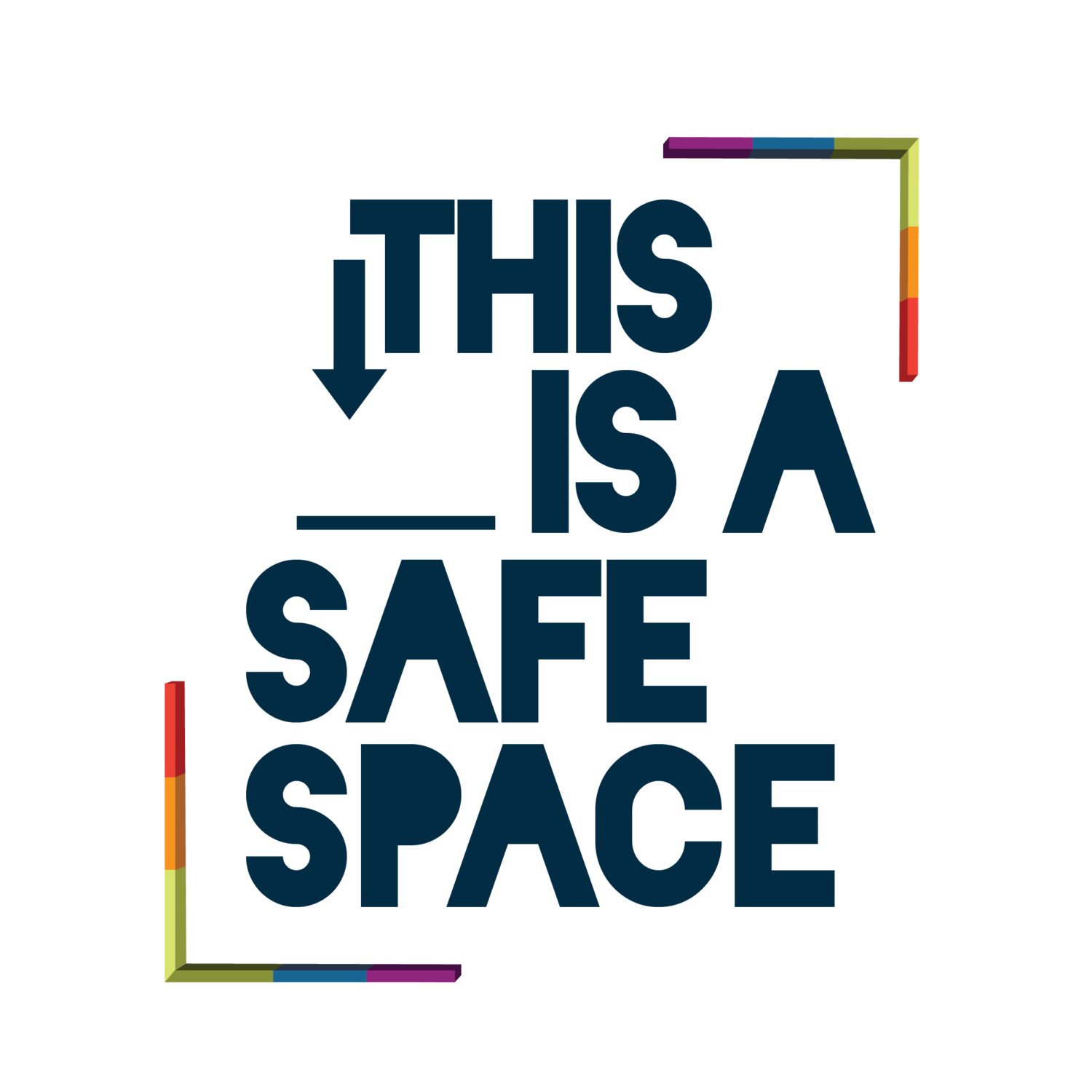Are Safe Spaces Hindering Trigger Recovery?
The idea of safe spaces has been gaining traction in recent years, especially on college campuses. These spaces are intended to provide a welcoming and supportive environment for students from marginalized groups, such as those who identify as LGBTQ+, people of color, or women. However, some critics argue that safe spaces may actually be doing more harm than good. By shielding students from potentially triggering topics, safe spaces may be preventing them from developing the coping mechanisms they need to deal with the real world.

The Problem with Safe Spaces
One of the main problems with safe spaces is that they can create a false sense of security. Students who spend too much time in safe spaces may start to believe that the outside world is just as safe. This can lead to them feeling overwhelmed and anxious when they encounter difficult situations.
For example, a student who has never been exposed to homophobic slurs may be shocked and traumatized the first time they hear one. If they had been exposed to such slurs in a safe space, they might have been able to develop coping mechanisms to deal with them.

The Benefits of Safe Spaces
Safe spaces can also be beneficial for students who have experienced trauma. These spaces can provide a safe and supportive environment where students can share their experiences and receive support from others who have gone through similar things.
For example, a student who has been sexually assaulted may find it difficult to talk about their experience with others. However, in a safe space, they may be able to find support and understanding from other survivors.

The History of Safe Spaces
The concept of safe spaces has been around for centuries. In the early 1900s, safe spaces were created for women and children to escape from the dangers of the outside world. In the 1960s, safe spaces were created for LGBTQ+ individuals to socialize and express themselves freely.
Today, safe spaces are more common than ever before. They can be found on college campuses, in community centers, and even in online communities.

The Hidden Dangers of Safe Spaces
While safe spaces can be beneficial for some people, they can also be harmful for others. One of the biggest dangers of safe spaces is that they can create a culture of victimhood. In safe spaces, people are often encouraged to talk about their experiences of oppression and marginalization.
While it is important to acknowledge and validate these experiences, it can also be harmful to dwell on them too much. Constantly talking about oppression and marginalization can lead to people developing a negative self-image and feeling like they are victims.

Recommendations for Safe Spaces
If you are considering creating a safe space, there are a few things you should keep in mind. First, it is important to define the purpose of the space. What do you hope to achieve by creating this space? Second, it is important to create a welcoming and inclusive environment for everyone. This means that you should not exclude anyone from the space, regardless of their race, gender, sexual orientation, or religion.
Finally, it is important to provide resources and support for people who are struggling. This may include providing information on mental health services, legal services, and other resources.

What is the difference between a safe space and a trigger warning?
Safe spaces are physical or virtual spaces where people can feel safe and comfortable expressing themselves without fear of judgment or discrimination. Trigger warnings are statements that alert people to potentially triggering content, such as violence, sexual assault, or racism.
While safe spaces and trigger warnings can both be helpful for people who have experienced trauma, they are not the same thing. Safe spaces are designed to provide a safe and supportive environment, while trigger warnings are designed to give people the opportunity to avoid potentially triggering content.

Tips for Creating Safe Spaces
Here are a few tips for creating safe spaces:
- Define the purpose of the space.
- Create a welcoming and inclusive environment.
- Provide resources and support for people who are struggling.
- Be mindful of the language you use.
- Respect people’s boundaries.
By following these tips, you can create a safe space that is welcoming and supportive for everyone.

How do I know if I need a safe space?
There is no one right answer to this question. Some people may feel the need for a safe space after they have experienced trauma, while others may feel the need for a safe space simply because they want to be around people who share their experiences.
If you are unsure whether or not you need a safe space, here are a few questions to ask yourself:
- Do I feel safe and comfortable expressing myself in my current environment?
- Do I have people in my life who I can talk to about my experiences?
- Do I feel like I am being judged or discriminated against?
If you answered yes to any of these questions, then you may want to consider finding a safe space. Safe spaces can provide a much-needed sense of community and support.

Fun Facts about Safe Spaces
Here are a few fun facts about safe spaces:
- The first safe space was created in the early 1900s for women and children.
- Safe spaces are now common on college campuses, in community centers, and even in online communities.
- Safe spaces can be beneficial for people who have experienced trauma, as they provide a safe and supportive environment where people can share their experiences and receive support from others who have gone through similar things.
Safe spaces can be a valuable resource for people who are struggling. If you are looking for a safe and supportive environment, then you may want to consider finding a safe space.

How to Use Safe Spaces
Here are a few tips on how to use safe spaces:
- Be respectful of others.
- Listen to others without judgment.
- Share your experiences only if you feel comfortable doing so.
- Be mindful of your language.
- Respect people’s boundaries.
By following these tips, you can help to create a safe and supportive environment for everyone.
What if I don’t feel safe in a safe space?
If you don’t feel safe in a safe space, there are a few things you can do:
- Talk to the facilitator or someone else in charge of the space.
- Leave the space and find another one that feels safer.
- Talk to a trusted friend or family member about your experience.
It is important to remember that you have the right to feel safe in any space. If you don’t feel safe, don’t be afraid to speak up or leave.
Listicle of Safe Spaces
Here is a listicle of safe spaces:
- LGBTQ+ community centers
- Women’s centers
- Community colleges
- Online communities
- Support groups
These are just a few examples of safe spaces. If you are looking for a safe and supportive environment, there are many resources available to you.
Questions and Answers about Safe Spaces
Q: What is the purpose of a safe space?
A: Safe spaces are designed to provide a safe and supportive environment for people who have experienced trauma or who are marginalized.
Q: Who can benefit from safe spaces?
A: Safe spaces can benefit anyone who has experienced trauma or who is marginalized. This includes people who identify as LGBTQ+, people of color, women, and people with disabilities.
Q: Are safe spaces always helpful?
A: Safe spaces can be helpful for many people, but they are not always helpful for everyone. Some people may find that safe spaces are too restrictive or that they prevent them from developing the coping mechanisms they need to deal with the real world.
Q: How can I find a safe space?